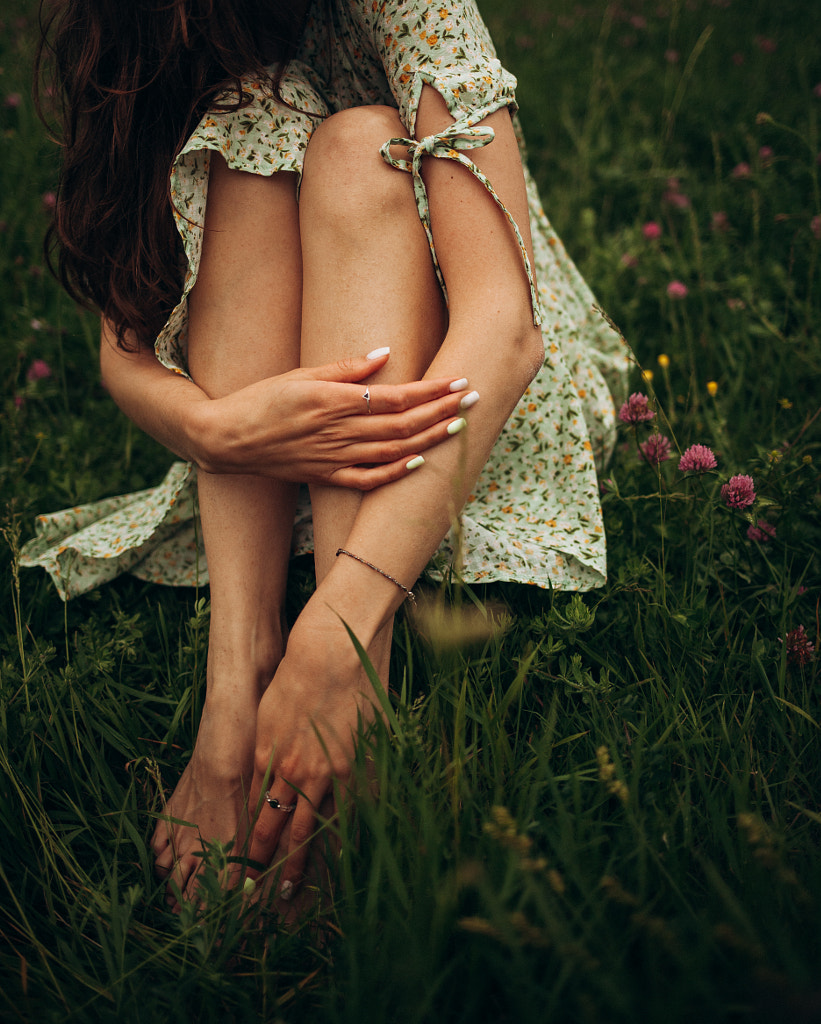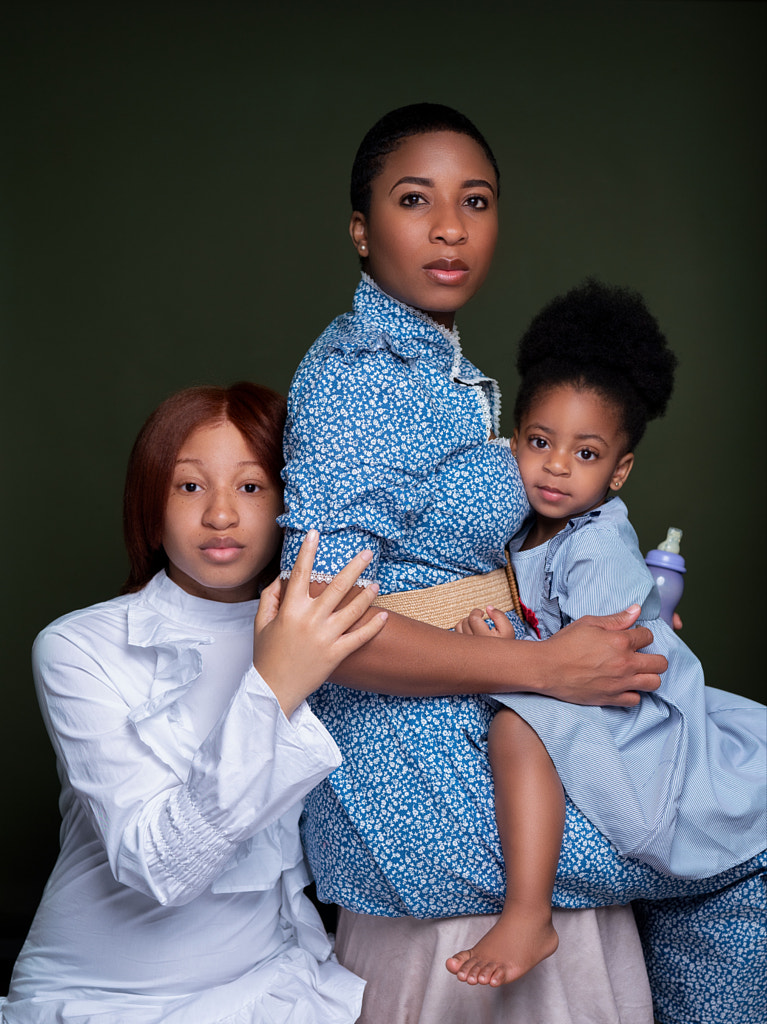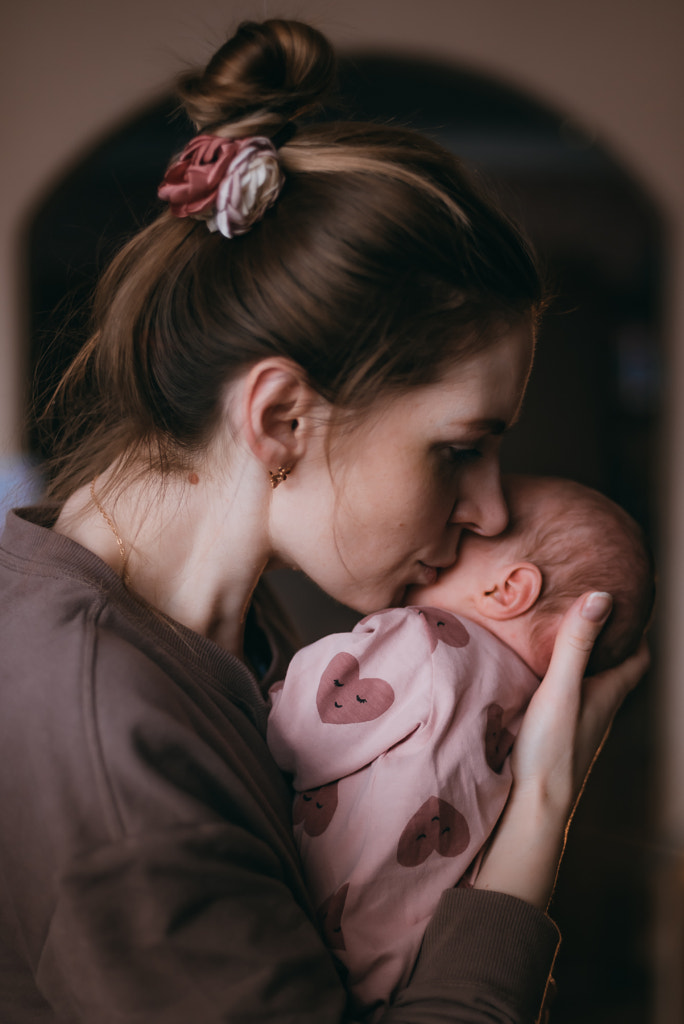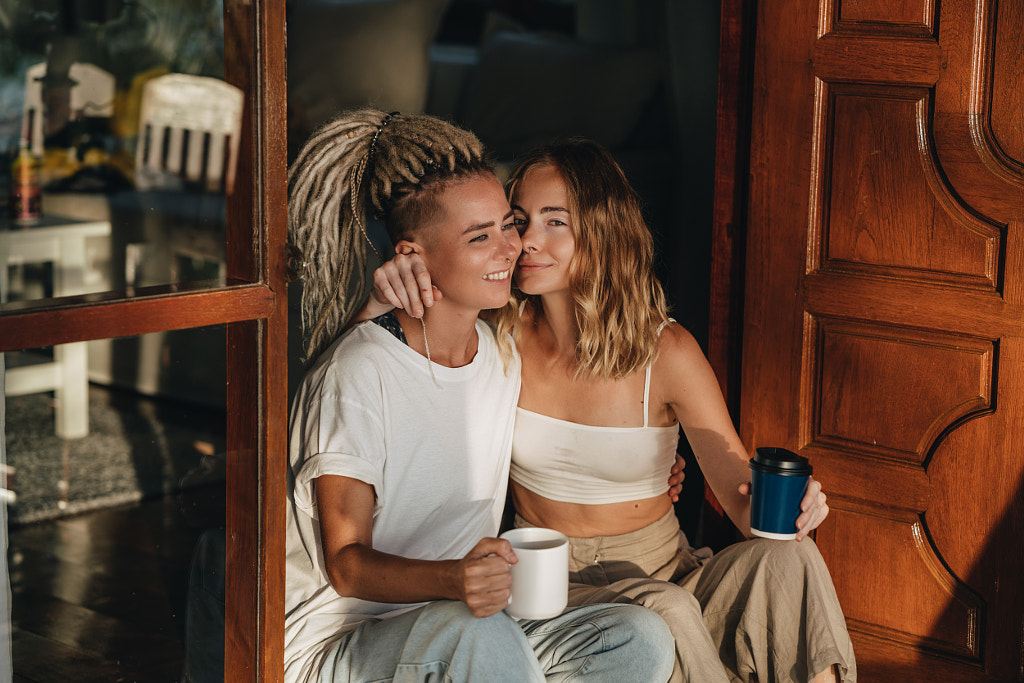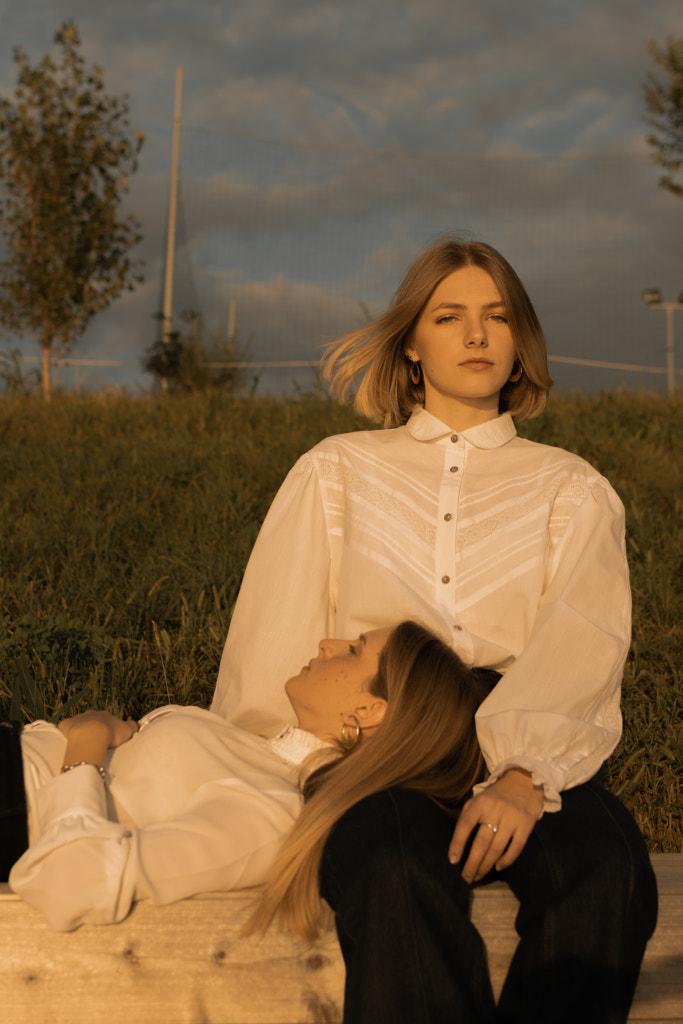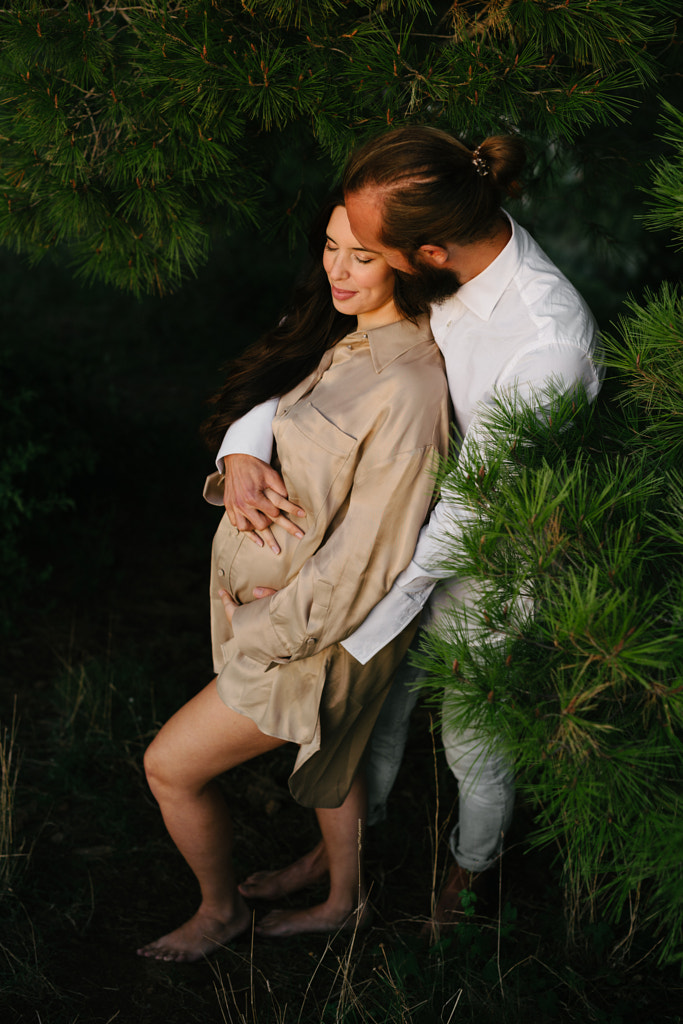Between holiday-themed mini-shoots, the changing of the leaves, and cooler weather, autumn is peak photography season for family and portrait photographers. From cozy sweaters and timeless plaids to warm booties and felt hats, it’s also the perfect time for your photography clients to showcase their personal style. During the busy season, advising your clients on what to wear (and what not to wear!) can make all the difference.
“What should I wear?” is one of the first questions clients ask their photographers, so it pays off to have an answer prepared. In addition to helping you tailor your vision to your client’s tastes, providing a bit of professional guidance and styling/wardrobe tips will ensure everyone looks and feels their best, laying the foundation for a successful photoshoot (and satisfied clients).
Show (don’t tell)
Share visual references with your clients to give them a sense of what works. You can create your own “style guide” as a PDF, featuring images from past shoots (get permission from previous clients first), and send it to new clients before the day of the session. You can also include shoppable links to some of your personal favorite pieces and vendors.
Another popular option is Style & Select, which allows photographers to create shopping guides for their clients as part of their studio practice. Using this tool, your clients can then select and send you the outfits they like for final review. Style & Select offers affordable options with a few higher-priced items here and there.
Bring options
As it happens, Style & Select also has an option for photographers with “client closets,” where you can upload photos from your existing archive for your clients to browse. Some photographers also opt to use Pinterest to share their client closets.
When starting your closet, stick with classic pieces that’ll suit a variety of tastes and aesthetics, and choose items that’ll fit a range of shapes and sizes (you want every client to have an option in a size that fits). Accessories also make a good addition to any client closet, so consider hats, headbands, jewelry, scarves, and so on.
Prioritize quality above quantity; clients come to you for professional photography, and they’ll appreciate high-quality options, even if they’re simple. A client closet is an investment, so it’s something you can build over time. It’s also an asset, and you can always adjust your prices to account for this service you provide.
Finally, keep a steamer on hand! You can steam items in your client closet or use it to smooth any wrinkles you find on your client’s clothing on the day of the shoot.
Keep them comfortable
Your client’s comfort is your top priority, so narrow your focus to items made in soft, breathable fabrics that allow them to move freely. An uncomfortable (too hot, too cold, too tight) model can be spotted from a mile away. If you’re shooting outside, consider bringing a few options, or encourage your clients to dress in layers.
Aside from choosing clothing that’s physically comfortable, remember to ask your clients about their personal style and preferences: where do they like to shop, and do they have any favorite pieces? What kinds of clothing would make them feel most at ease and most like themselves? You want your clients to look like themselves—not like mannequin versions of themselves—so guide them toward clothing that fits their personality and vibe.
It can help to send them a questionnaire before the session to get a sense of what they like. Choosing wardrobe items should be a collaborative process, so ask questions and keep the lines of communication open. If they want to wear something from their closet, have them send a photo. Shoes are easily overlooked but important, so make sure they’re comfy and weather-appropriate.
Consider the location
A corporate headshot might necessitate a “business formal” dress code, while a family session is more likely to call for casual or “dressy casual” wear, so take your client’s goals and expectations into account. The location will also help guide your choices; an outdoor mini-session before the holidays, for instance, will require warm layers, while a studio portrait session might allow for more versatility.
If you’re shooting in a client’s house, take their aesthetic into account: do they prefer a clean and crisp look or a more rustic vibe? Consider the colors and textures available to you.
The season can also inspire your choices: if you’re shooting outside in the fall, for example, maybe you pair cool, subtle faded blue denim with the natural warm hues of the leaves. If you’re shooting during a lavender bloom in summer, on the other hand, perhaps you choose some pale yellows to complement the purples.
Coordinate (within reason)
If you’re working with groups of people, take the time to ensure all the colors and textures work together, rather than drawing focus from or clashing with each other. Portrait photographers tend to prefer coordinating rather than matching, as wardrobe items can quickly veer into cheesy territory when they’re identical or too “matchy-matchy.”
When coordinating, consider each individual’s style and preferences, and guide them toward options that harmonize. You can consult the color wheel to choose a palette for them (two or three colors are enough), or choose one key color to incorporate throughout each person’s outfit (in various shades of light and dark) to tie it all together. If one person, for example, has a piece they adore, you can use that as a starting point and select items that go with it.
Steer clear of patterns (and logos)
When offering client advice, stress that the best wardrobe is one that stands the test of time. It can help to avoid too-trendy patterns or logos that might become dated in the future (no graphic tees with slogans, for example). If you plan to license your photos down the road, branded designs are also a no-go, so mind the details. For kids, Primary Clothing is one brand offering basics without any logos or slogans.
In general, solid colors (not too bright), timeless neutrals, and simple prints work best; you want the focus to be primarily on the client, not a distracting outfit. Client relationships are everything in freelance photography, so nurture them by providing clothing advice tailored to their taste and goals.
Looking for more freelance tips and successful photographer tips? Check out our guide, How to become a successful freelance photographer.
Not on 500px yet? Sign up here to explore more impactful photography.
The post How to advise your clients on wardrobe (and why you should) appeared first on 500px.
